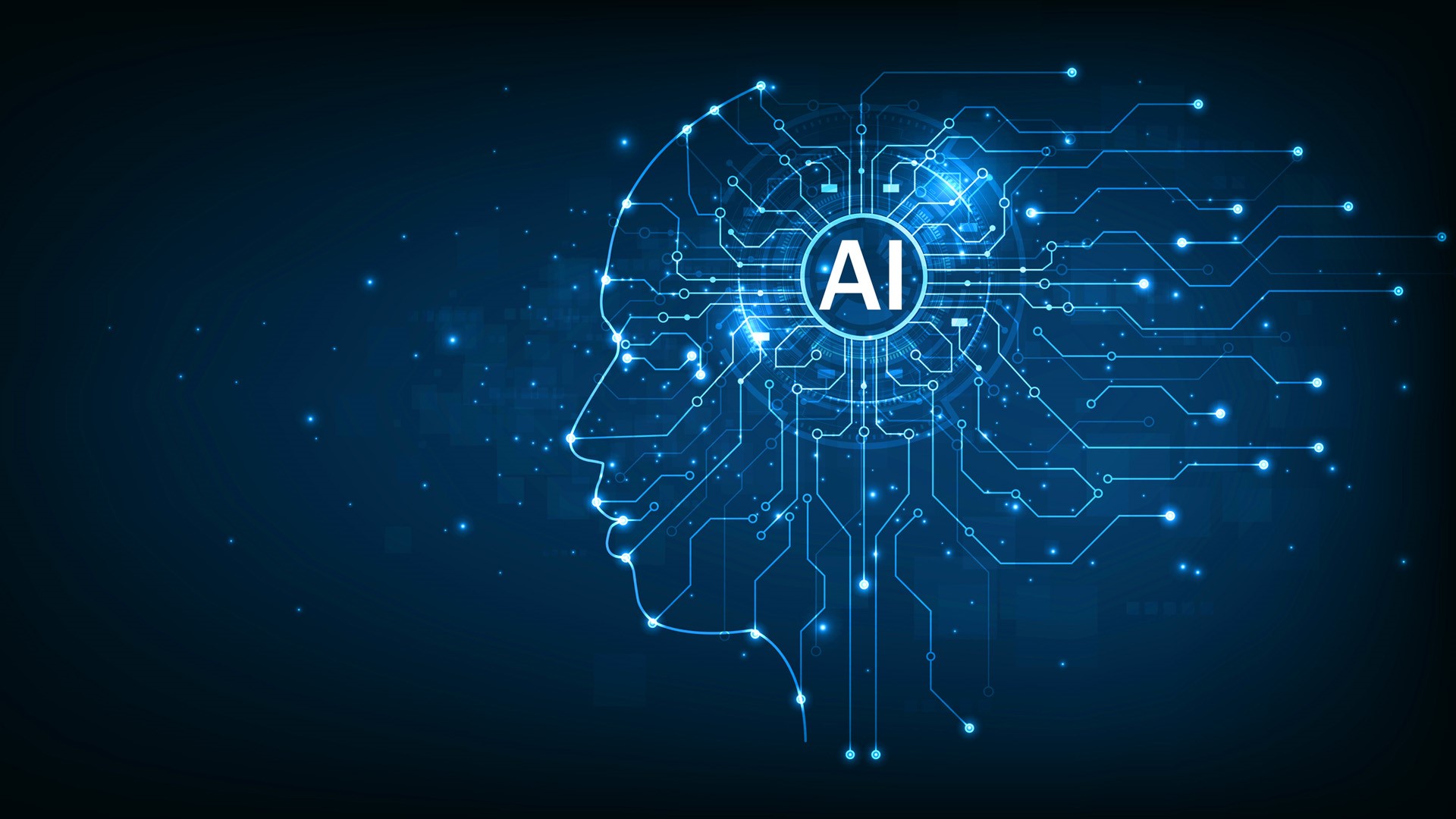The BTOS questionnaire defines artificial intelligence as computer systems and programs capable of performing tasks that typically require human intelligence, such as decision making, visual perception, speech recognition, and language processing.
Examples of AI technologies and applications include machine learning, natural language processing, virtual agents, predictive analytics, machine vision, voice recognition, decision-making systems, data analytics, text analytics, and image processing.
While it may seem that AI is everywhere, BTOS shows the opposite. Based on survey responses, only an estimated 3.9% of businesses used AI to produce goods or services between October 23 and November 5, 2023. However, this use varied widely across economic sectors (Figure 1).
Companies in the information sector reported higher levels of AI use than the national average: 13.8% of companies indicated they were currently using the technology.
The information sector includes industries such as software producers, computing infrastructure providers, data processing, web hosting and related services, which rely on various applications of artificial intelligence.
Companies in the professional, scientific and technical services sector also reported a large proportion (9.1%) of AI users compared to the overall total.
These high rates are not surprising because these sectors include industries (publishing, data processing and hosting, financial investment, motion pictures, and audio recording) that typically rely heavily on data analysis, automated decision making, and word, image, and audio processing.












































